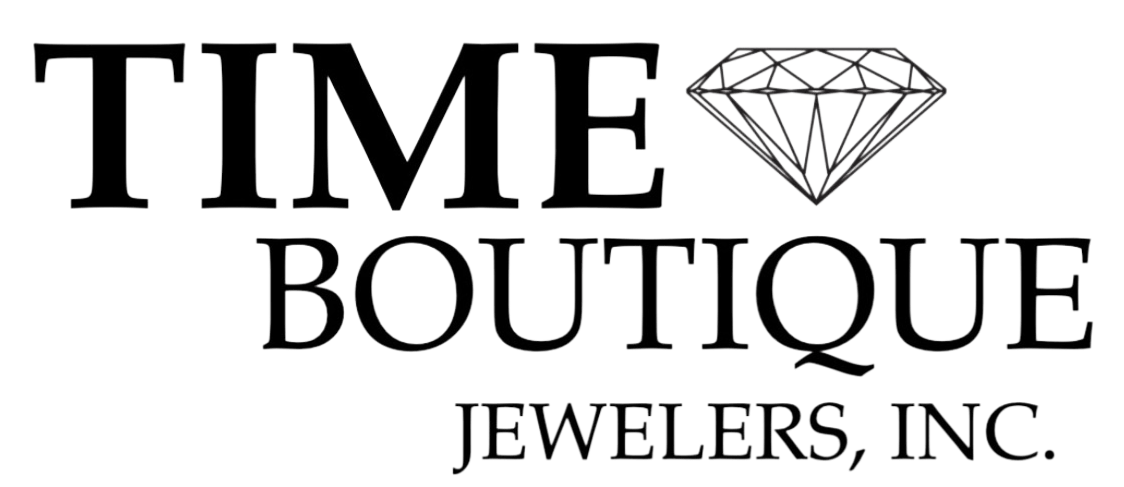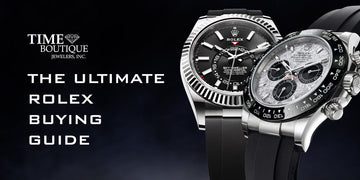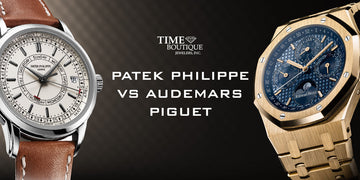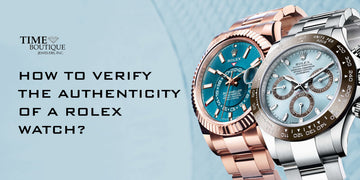
Rolex stands as a luxury watch brand beyond the reach of many. Consequently, the market is flooded with counterfeit Rolexes, often enticing unsuspecting buyers with unbelievably low prices. Falling for these replicas is a common pitfall. Mastering the art of identifying a fake Rolex can shield you from unwittingly investing in a counterfeit timepiece.
Learn how to identify a counterfeit Rolex even when the model appears authentic. Knowing the telltale signs of a genuine Rolex will make spotting a fake a breeze.
How to Spot a Fake Rolex: 10 Telltale Signs It’s Not the Real Thing
Serial Number
A genuine Rolex watch will have its serial number deeply engraved in the metal, distinguishing it from fake watches that use acid etching for serial numbers. The serial number's location, particularly on the 6 o'clock side where the band meets the lug, is a key indicator of authenticity. In an authentic new Rolex timepiece, the serial number is visible on the inner bezel. This unique engraving method and serial number placement are important factors in identifying a real Rolex watch.
Model Number
To authenticate a genuine Rolex watch, look for the verifiable model number positioned at the 12 o’clock side where the band meets the lug. Confirm the presence of the engraving "Original Rolex Design" above the model number. If needed, detach the band to locate the number by gently using a paper clip to release the retaining pin.
Caseback Engravings
Rolex watches made before 2007 typically have a hologram of the crown logo on the caseback, while those made after 2007 do not include this feature. Newer Rolex versions often have plain polished steel casebacks for a sleek look.
Rolex watches typically lack engraved words on the caseback, except for models like the Sea Dweller, military watches, COMEX, and select rare editions. Older Rolex models such as 69172, 69173, and 69174 feature engravings like "Stainless Steel" and "Registered Design" on the back.
Self-Winding and Mechanical Movements
The quality of Rolex craftsmanship is renowned for its excellence and often unparalleled. Each Rolex movement is required to feature an engraved "Rolex" marking, although the specific location of this engraving varies between different models. Regrettably, this information remains inaccessible without opening the watch.
Rolex has introduced a limited selection of quartz watch models dating back to the 1960s and 1970s, notably the vintage Oysterquartz Rolex line.
Date Appears Bigger
The Cyclops, a feature of the watch crystal, magnifies the date by approximately 2.5 times. When running your finger over the watch crystal, you should be able to feel the lens. A noticeable bump on the convex lens above the date indicates authenticity. Conversely, a flat Cyclops may signal a counterfeit Rolex. An additional method is to tilt the watch to view the date without the Cyclops. If the date's size remains consistent, the Rolex may not be authentic.
Waterproof Cases
Rolex watches are renowned for their impressive waterproof capabilities. The Rolex Oyster Perpetual series offers a water-resistance level of at least 330 feet, while the Rolex Submariner can withstand depths of up to 1,000 feet. For more extreme conditions, the Rolex Sea-Dweller reaches a remarkable 4,000 feet, with the top-tier model being the Rolex Sea-Dweller Deepsea, capable of resisting water pressure up to 12,800 feet.
The watch's waterproof feature is attributed to its sturdy middle case with screw-down winding crowns, effectively safeguarding the internal mechanism against water infiltration.
Smooth Hand Motions
Authentic Rolex watches feature smooth hand movements. Any jerking, even slight, indicates a counterfeit. Additionally, a ticking sound during hand movement signifies a non-genuine Rolex timepiece.
Crystal Micro-etched with Crown Logo
Rolex watches manufactured from 2002 onwards feature a distinctive tiny crown logo micro-etched at the 6 o’clock position on the crystal. To view this logo, use proper lighting and a magnifying glass as it's too small to see with the naked eye.
Examine the Winding Crown
The small knob on the side, known as the crown, is used to set the time on a genuine Rolex watch. A genuine Rolex features a crown logo made from a single metal piece with intricate detail. In contrast, a fake Rolex often has a crown logo assembled from two or more metal pieces. For authenticity checks, utilize a magnifying glass to scrutinize the crown and its logo closely.
Weigh the Watch
An authentic Rolex watch is typically heavier than a counterfeit. Prior to buying, conduct a brief online investigation via Google to verify the specific weight of the Rolex model you intend to buy. Subsequently, compare this researched weight with the actual weight of the watch you are inspecting. Any deviation in weight from the researched value indicates a fake watch.
Knowing how to identify a counterfeit Rolex can shield you from falling victim to fraud. Avoid pawn shops and second-hand stores, opting instead to purchase from authorized Rolex dealers to ensure the authenticity of the products, even when considering pre-owned Rolex watches. If a price seems too good to be true, it's likely that the timepiece is a fake. Rolex watches are renowned for their exceptional quality materials and craftsmanship, setting them apart with their premium price tags.
Conclusion
Spotting a fake Rolex requires attention to detail and familiarity with genuine Rolex characteristics. By examining the quality, movement, dial markings, and caseback engravings, you can confidently identify authentic Rolex timepieces. Trust TB Jewelers as your expert guide in selecting genuine luxury watches.
This guide provides comprehensive insights into identifying fake Rolexes, ensuring that customers can make informed decisions when purchasing luxury watches.




